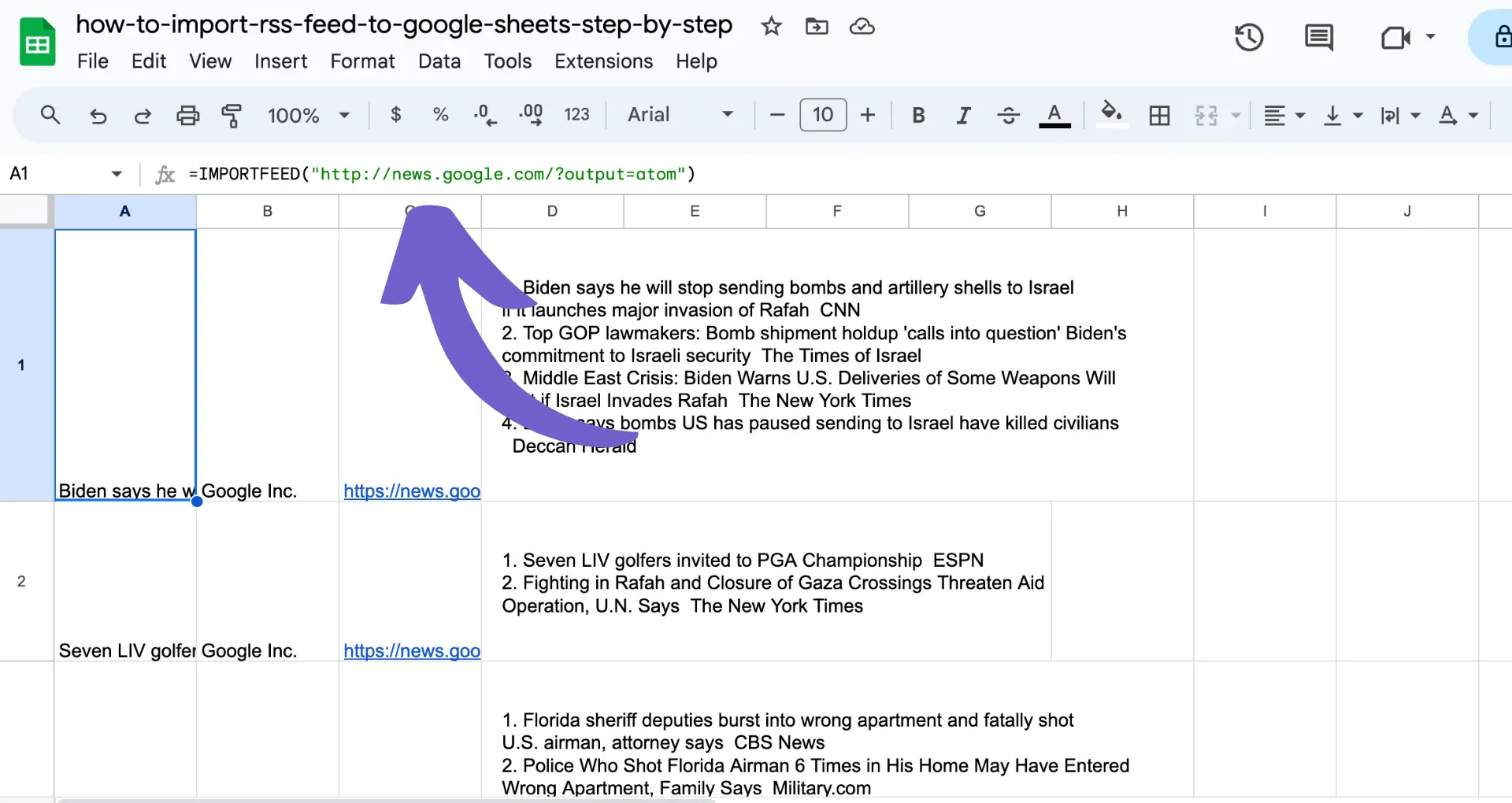





Exporting Salesforce data to Excel is simple with the right tools.
By the way, we're Bardeen, we build a free AI Agent for doing repetitive tasks.
Since you're exporting Salesforce data, you might love Bardeen's AI for sales. It automates data exports and other repetitive sales tasks, freeing up your time for high-value activities.
Exporting data from Salesforce to Excel is a common task for many businesses, allowing them to analyze and manipulate their data outside of the Salesforce platform. In this step-by-step guide, we'll walk you through the various methods available for exporting Salesforce data to Excel, including native tools like Salesforce Reports and Data Export Service, as well as third-party solutions. By the end of this guide, you'll be able to confidently choose the best method for your needs and export your Salesforce data to Excel with ease.
Salesforce offers several methods for exporting data to Excel, each with its own advantages and suitability based on the volume and complexity of the data. The two primary native options are:
In addition to these native options, there are third-party tools available that can enhance the data export process, such as:
When choosing a data export method, consider factors such as the size of your dataset, the frequency of exports, and any specific requirements for data transformation or automation. By understanding the available options and their suitability, you can select the most efficient and effective method for exporting your Salesforce data to Excel. For more on how to connect Microsoft Excel with other tools, check out our integrations page.
Exporting data from Salesforce reports to Excel is a straightforward process:
Using Salesforce reports for exporting data to Excel has its benefits and limitations:
Despite these limitations, exporting data from Salesforce reports to Excel remains a popular choice for users who need to extract specific subsets of data quickly and with minimal technical setup. For a more efficient process, consider using tools that automate data collection.
Use Bardeen to connect Google Sheets with Salesforce and automate your data exports, saving time and reducing manual effort.
Salesforce's Data Export Service is a native tool that allows you to set up manual or scheduled exports of your Salesforce data. Here's how to use it:
Salesforce will generate a zip file containing CSV files for each selected data type. Once the export is complete, you will receive an email with a link to download the zip file.
The Data Export Service allows you to export a wide range of data types, including:
If you need to enrich your lead data, the exported data will be in CSV format, which can be easily imported into Excel or other data analysis tools for further processing and analysis.
Salesforce Data Loader is a powerful tool for exporting large data sets from Salesforce. Follow these steps to use it effectively:
To optimize your data export, consider the following tips:
Use Bardeen's sales prospecting automation for efficient data extraction from multiple platforms to reduce manual tasks and improve accuracy.
By following these steps and tips, you can efficiently export large data sets from Salesforce using the Data Loader tool, ensuring a smooth data transfer process. Additionally, consider using sales prospecting tools to streamline your workflow.
While Salesforce offers native options for exporting data, third-party tools can provide additional features and streamline the process. One popular tool is Dataloader.io, which offers several advantages over native Salesforce options:
To set up and use Dataloader.io for exporting Salesforce data to Excel, follow these steps:
By leveraging third-party tools like Dataloader.io, you can enhance your Salesforce data export process, making it more efficient and convenient to obtain your data in Excel format. Additionally, consider automating sales prospecting to streamline other aspects of your workflow.
Automating the export of Salesforce data to Excel can save time and reduce manual effort. There are several options available for automating this process:
When automating data exports, consider the following factors:
By implementing an automated data export workflow, you can streamline the process of getting Salesforce data into Excel, saving time and reducing the risk of manual errors.
Save time with Bardeen by using automated workflows to move Salesforce data to Excel. Automate repetitive tasks to focus on high-value activities.
When exporting data from Salesforce to Excel, it's crucial to follow best practices to ensure data integrity, security, and efficiency. Here are some key best practices:
While following best practices, be aware of these common pitfalls:
By adhering to best practices and avoiding common pitfalls, you can ensure a smooth and reliable data export process from Salesforce to Excel. For further insights, explore sales discovery questions that can enhance your data handling.









SOC 2 Type II, GDPR and CASA Tier 2 and 3 certified — so you can automate with confidence at any scale.
Bardeen is an automation and workflow platform designed to help GTM teams eliminate manual tasks and streamline processes. It connects and integrates with your favorite tools, enabling you to automate repetitive workflows, manage data across systems, and enhance collaboration.
Bardeen acts as a bridge to enhance and automate workflows. It can reduce your reliance on tools focused on data entry and CRM updating, lead generation and outreach, reporting and analytics, and communication and follow-ups.
Bardeen is ideal for GTM teams across various roles including Sales (SDRs, AEs), Customer Success (CSMs), Revenue Operations, Sales Engineering, and Sales Leadership.
Bardeen integrates broadly with CRMs, communication platforms, lead generation tools, project and task management tools, and customer success tools. These integrations connect workflows and ensure data flows smoothly across systems.
Bardeen supports a wide variety of use cases across different teams, such as:
Sales: Automating lead discovery, enrichment and outreach sequences. Tracking account activity and nurturing target accounts.
Customer Success: Preparing for customer meetings, analyzing engagement metrics, and managing renewals.
Revenue Operations: Monitoring lead status, ensuring data accuracy, and generating detailed activity summaries.
Sales Leadership: Creating competitive analysis reports, monitoring pipeline health, and generating daily/weekly team performance summaries.
